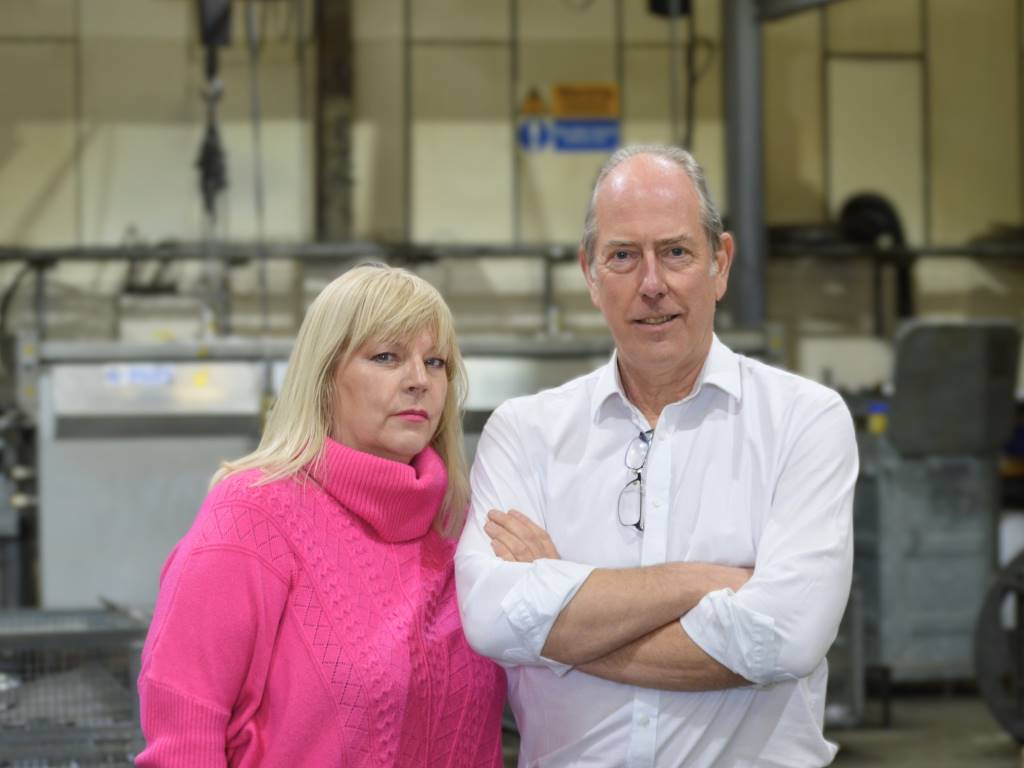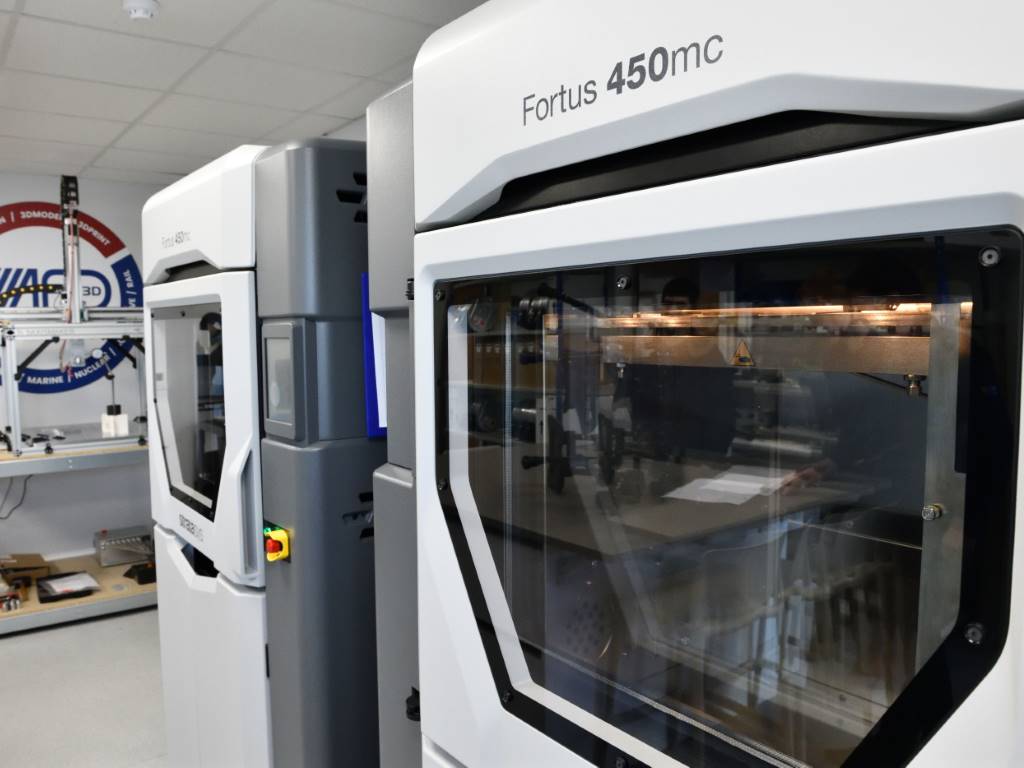The sharpest tool in the box

Time is money in manufacturing. Drilling, milling and reaming all place significant stress on cutting tools. Here Jill Glynn, commercial services manager at Sandvik Coromant, explains how tool reconditioning can extend a tool’s lifespan – cost-effectively and sustainably.
The word ‘reconditioned’ can ignite visions of worn, overworked products that are inferior to brand new versions. The reality is, as long as you purchase from a reputable supplier, reconditioned tools will deliver the same consistent results as they did upon initial purchase. There are, however, still some misconceptions around reconditioned tools.
Firstly, reconditioning isn’t equal to repair. When repairing a piece of equipment, only the defective parts are investigated and replaced. Reconditioning, on the other hand, rejuvenates every aspect of the product and brings the part back to its original manufacturing standard.
As opposed to a repaired part, customers should expect reconditioned products in the same, perfect condition as a brand-new part. Tool reconditions, however, are slightly different to reconditioning of other industrial parts.
Tool wear varies dramatically depending on its application. In automotive or aerospace manufacturing, where tools are required to drill many holes in a single run, producers may experience more damage. Similarly, industries that operate in difficult settings, like aerospace and oil and gas, may expose the tool to harsher environments, further jeopardising its lifespan.
Due to the applications of solid carbide tools, it is not a case of if the tool will be reconditioned, but when? Because of this inevitability, tool producers must consider reconditioning from the design phase.
Typically, tool CAD data will be stored so that reconditioned versions can perfectly match the tool’s original geometry and coating. For bespoke cutting tools, this is essential to meet the customer’s original tool specifications.
Sustainable solution
The ability to re-use a single tool multiple times, as opposed to investing in multiple tools, also helps improve sustainability. Solid carbide tools, like those manufactured by Sandvik Coromant, are made using a number of finite materials such as tungsten and cobalt. Tungsten reserves are projected to last for just 100 more years, making multiple repurchases unsustainable.
Tools need to last longer if we are to manage materials sustainably. Reconditioning, in place of simply purchasing new tools, plays a major role in these efforts.
Sandvik Coromant offers its own tool reconditioning service, which customers are encouraged to incorporate into their own tooling strategies. Almost all solid carbide tools by Sandvik Coromant are suitable for reconditioning. Customers simply need to send their tools to their local centre in one of Sandvik Coromant’s supplied reconditioning boxes.
Worn tools can be sent to Sandvik Coromant’s specialist centres in Europe, Asia and the Americas, where the same geometry and coating is produced to the original specification.
The reconditioning process improves tool longevity, but manufacturers want tools that can be reconditioned and deployed for several times during their lifespan. With this in mind, tool manufacturers should aim to produce tools that can undergo multiple reconditioning cycles, without compromising quality.
Four into one
Sandvik Coromant developed the latest addition to its range, the CoroDrill 860 with -GM geometry, with these considerations in mind. The improved tool design gives increased tool life over the previous versions of the CoroDrill range, and the CoroDrill 860-GM is guaranteed for up to three reconditions. This effectively provides four tools in a single solution.
Replacing solid carbide tools can be expensive and unsustainable. Misconceptions about reconditioning must be pushed aside, and this practice should play a key role in operating companies’ sustainability plans. Not only can reconditioning help manufacturers make the most of their tools, but in the case of the CoroDrill 860-GM, could extend a tool’s lifespan by up to three times its expected duration.
Sandvik Coromant www.sandvik.coromant.com













